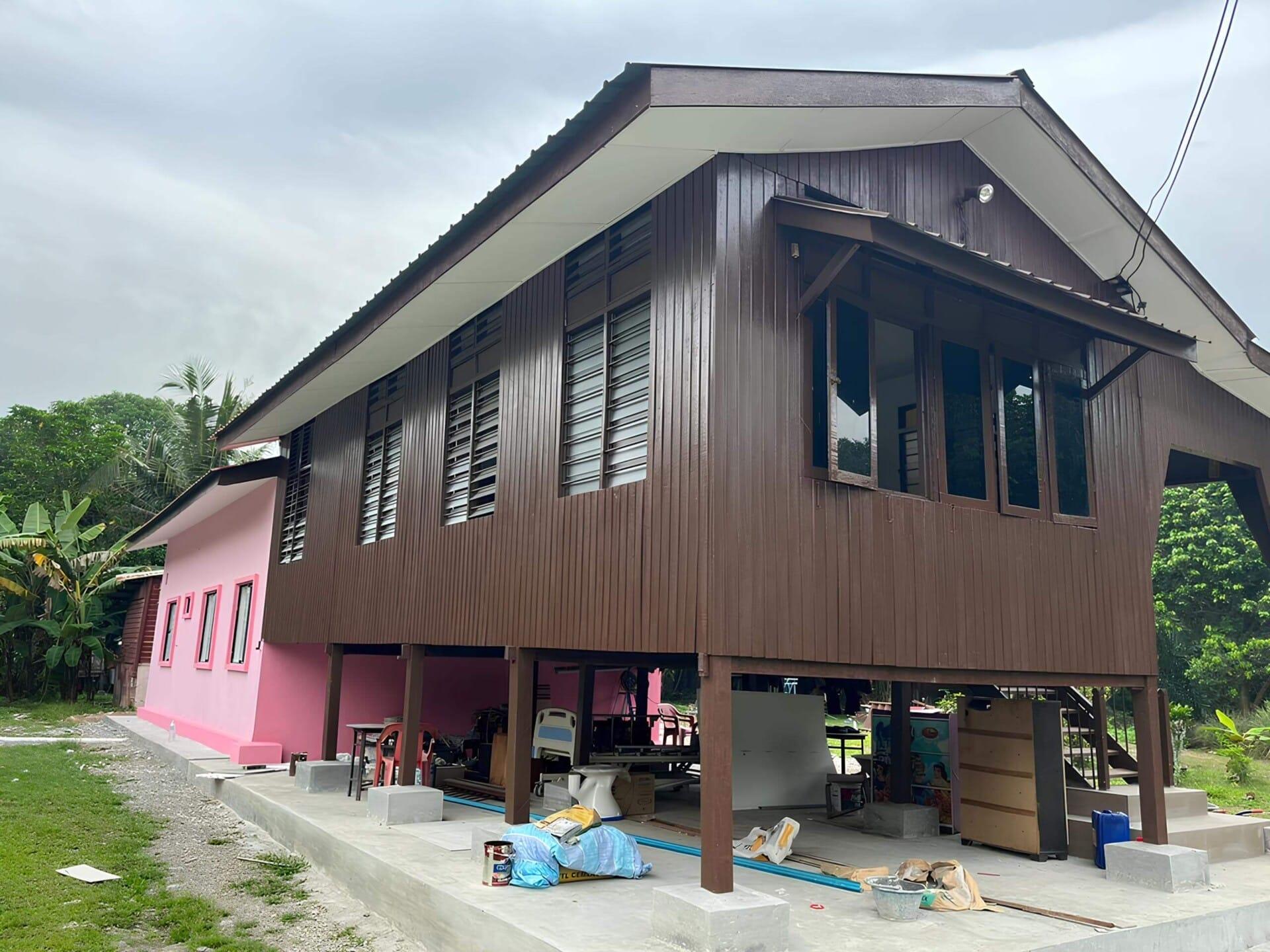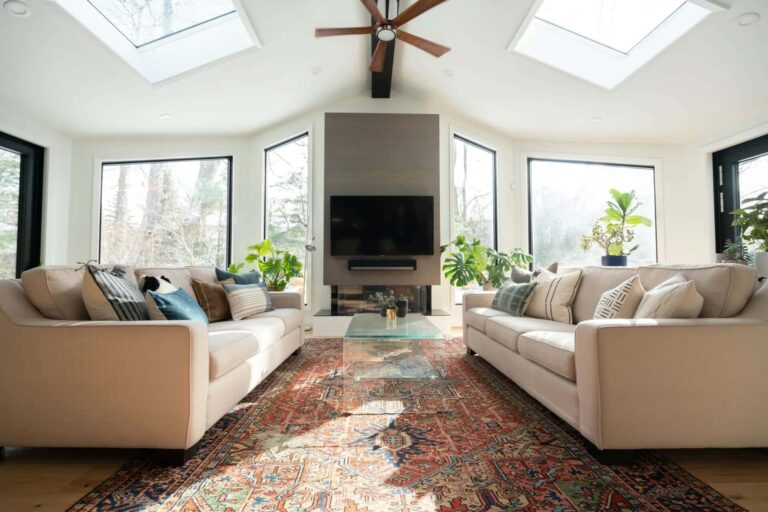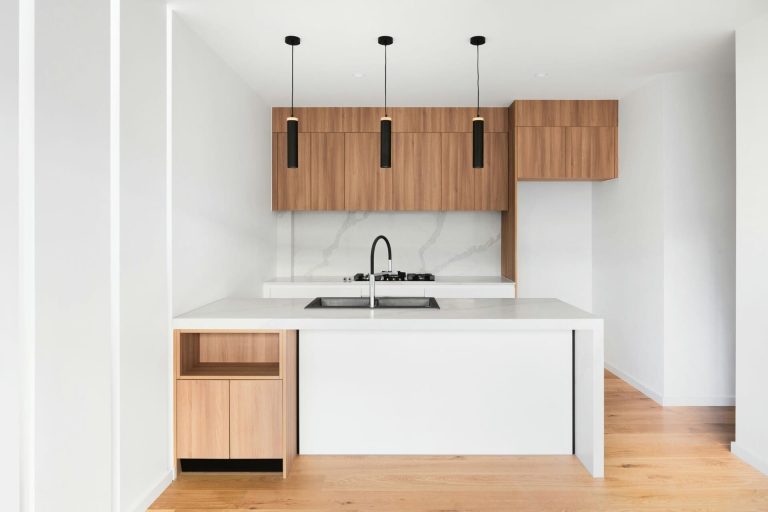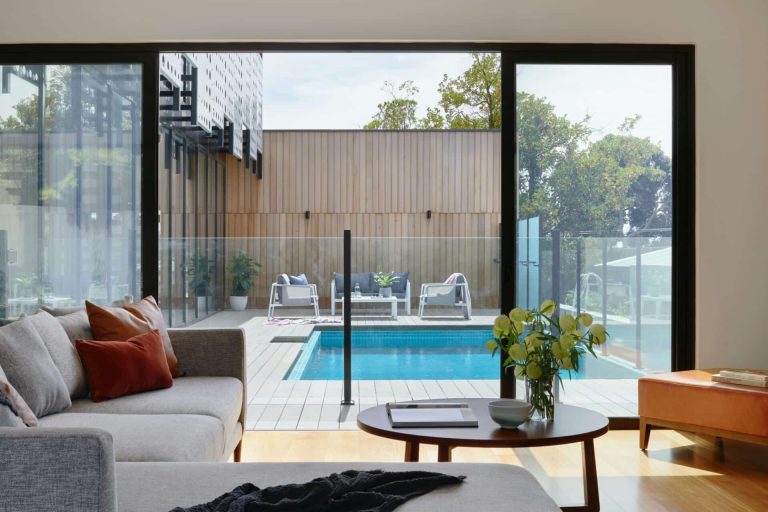Hey there! Let’s talk about something that’s been quietly shaking things up in the Malaysian construction scene—hemp! Yep, that versatile plant you might usually associate with textiles or health supplements is making its way into our building industry, and it’s a game-changer. From eco-friendly bricks to insulating materials, hemp is not just a trend; it’s becoming a go-to option for sustainable construction. Join us as we dive into how this humble plant is challenging traditional materials and helping builders cut down on waste while being kinder to the planet. Whether you’re a construction pro or just curious about the latest buzz in building materials, there’s a lot to uncover about hemp’s exciting role in shaping Malaysia’s architectural future!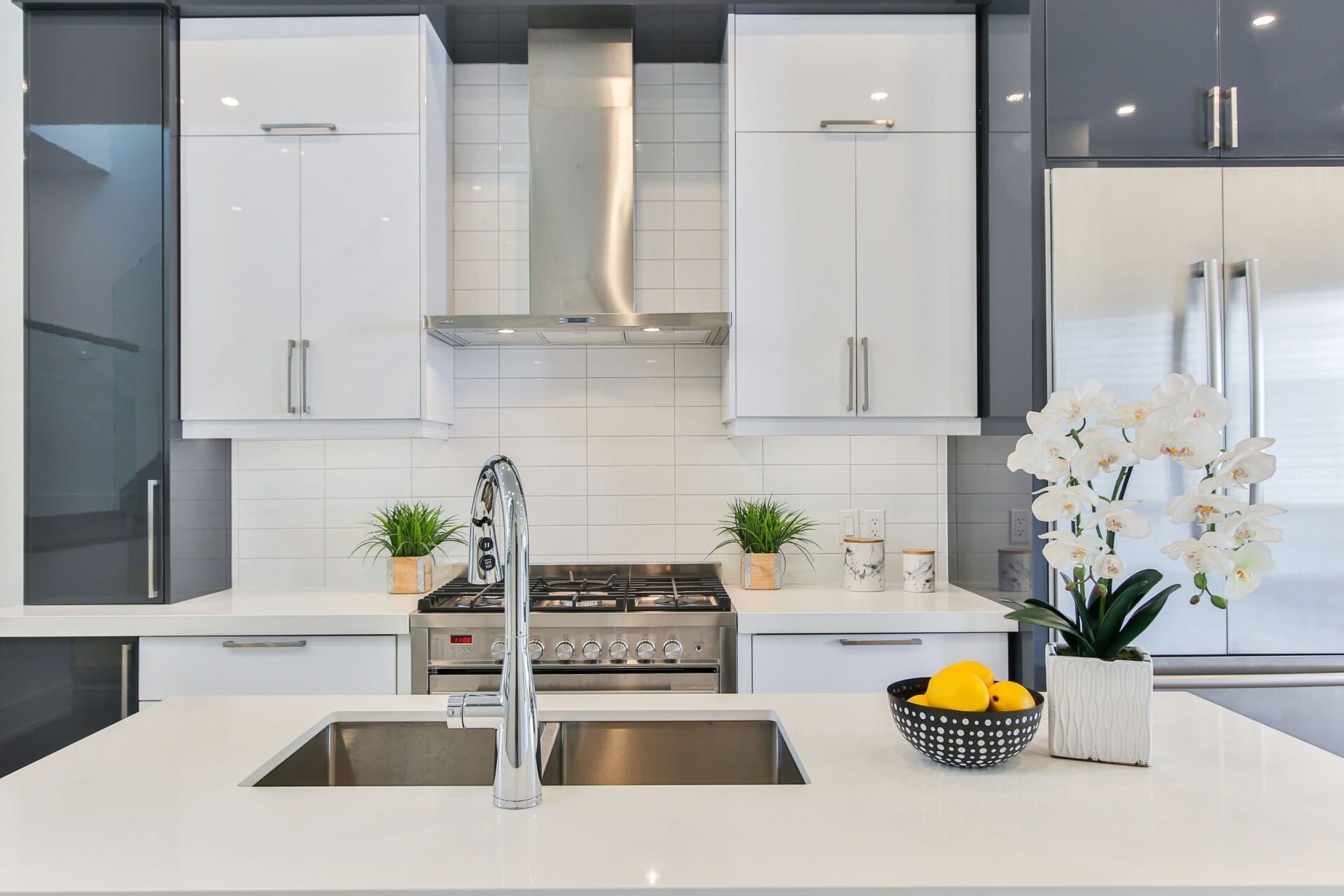
The Rise of Hemp in Sustainable Construction Practices
The construction scene in Malaysia is experiencing a significant transformation with the increasing use of hemp, a plant that has proven its versatility and sustainability over the years. As more builders and developers look for eco-friendly materials, hemp provides a refreshing alternative that ticks all the right boxes. It’s not just about reducing carbon footprints; it’s about creating healthy living spaces that are beneficial for both residents and the environment.
Hemp possesses remarkable properties that make it an excellent choice for construction. Consider its benefits:
- Durability: Hemp fibers are incredibly strong, making them ideal for insulation and composite materials.
- Insulation: Hemp-based products are excellent insulators, helping regulate indoor temperatures and reduce energy costs.
- Regenerative: Hemp grows quickly and requires minimal pesticides, making it a highly sustainable crop.
- Carbon Sink: It absorbs CO2 during its growth, contributing positively to the climate.
In recent developments, Malaysian contractors have begun embracing hemp in various aspects of construction, from thermal insulation to wall panels. Builders are not only drawn to the physical advantages of hemp, but they are also inspired by its sustainable ethos. In fact, a growing number of projects are showcasing hemp as a key material. Below is a brief comparison of traditional construction materials versus hemp-based materials in terms of sustainability:
| Material Type | CO2 Emission | Energy Efficiency | Renewability |
|---|---|---|---|
| Traditional Materials | High | Low | Non-renewable |
| Hemp-based Materials | Low | High | Renewable |
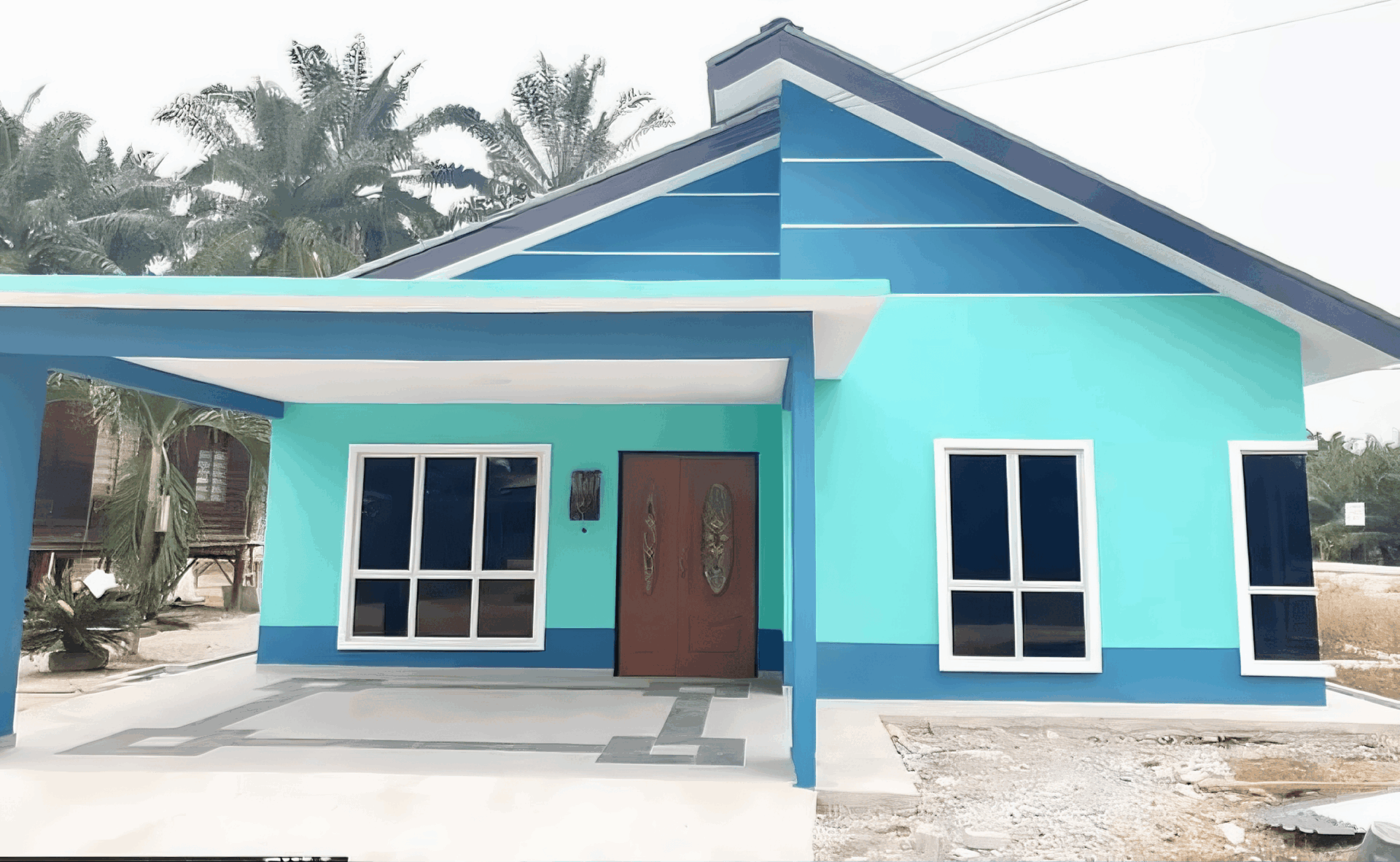
Innovative Hemp-Based Materials Revolutionizing Building Design
Construction is experiencing a transformative shift, thanks to the growing adoption of hemp-based materials. These eco-friendly alternatives are not just a trend; they are providing sustainable solutions that resonate with Malaysia’s commitment to green building practices. With properties like durability, insulation, and lightweight design, hemp materials are poised to change the way we think about construction. They’re not only environmentally friendly but also offer economic advantages in the long run, making them an appealing choice for developers and homeowners alike.
The versatility of hemp has led to a variety of innovative products that can easily fit into modern building designs. From hempcrete, a lightweight concrete alternative, to insulation panels that regulate temperature effectively, the possibilities are expansive. Here are some notable benefits of these materials:
- Sustainability: Hemp grows quickly and requires minimal pesticides.
- Energy Efficiency: Excellent thermal insulation properties reduce energy costs.
- Healthier Indoor Air Quality: Non-toxic and biodegradable materials improve living conditions.
As the Malaysian government encourages eco-friendly building practices through incentives and guidelines, the incorporation of hemp-based materials is gaining traction. Notable projects using hemp have already begun sprouting, showcasing their potential in creating eco-conscious structures. To give you a glimpse of how hemp is breaking ground in construction, check out this table highlighting some current projects and their features:
| Project Name | Location | Hemp Material Used |
|---|---|---|
| Eco Haven Residence | Kuala Lumpur | Hempcrete Walls |
| Sustainable Arts Center | Penang | Hemp Insulation Panels |
| Green Community Center | Johor Bahru | Hemp Fiber Composites |

Environmental Benefits: Reducing Carbon Footprints with Hemp
Hemp is not just a trendy material; it’s also a powerhouse when it comes to environmental sustainability. By switching to hemp-based construction materials, the Malaysian construction industry can significantly lower its carbon footprint. Hemp grows rapidly, thriving without the need for harmful pesticides or fertilizers, which helps in maintaining a healthier ecosystem. This natural resilience means that we can produce building materials with less impact on our forests and waterways, making it a win-win situation for the environment and the economy.
Another substantial benefit of using hemp lies in its capacity for carbon sequestration. As hemp plants grow, they absorb carbon dioxide from the atmosphere, storing it in their fibers. This means that every ton of hemp used in construction can offset up to 1.63 tons of CO2 emissions. When considering the Malaysian context, where rapid urbanization and infrastructure development are on the rise, incorporating hemp into construction can play a critical role in combating climate change. Just think of how our cities could transform by integrating this eco-friendly resource.
| Hemp Benefits | Environmental Impact |
|---|---|
| Rapid Growth | Less deforestation |
| Low Resource Use | Reduced pesticide reliance |
| Carbon Sequestration | Offset CO2 emissions |
| Biodegradable | Less landfill waste |
Choosing hemp is not just about aesthetics; it presents a unique solution to the pressing environmental challenges of our time. By utilizing hemp in construction, we are essentially building a more sustainable future while simultaneously honoring the rich, biodiverse landscape of Malaysia. As more builders and consumers recognize its benefits, we can only hope to see a broader acceptance and application of this versatile material across the industry.
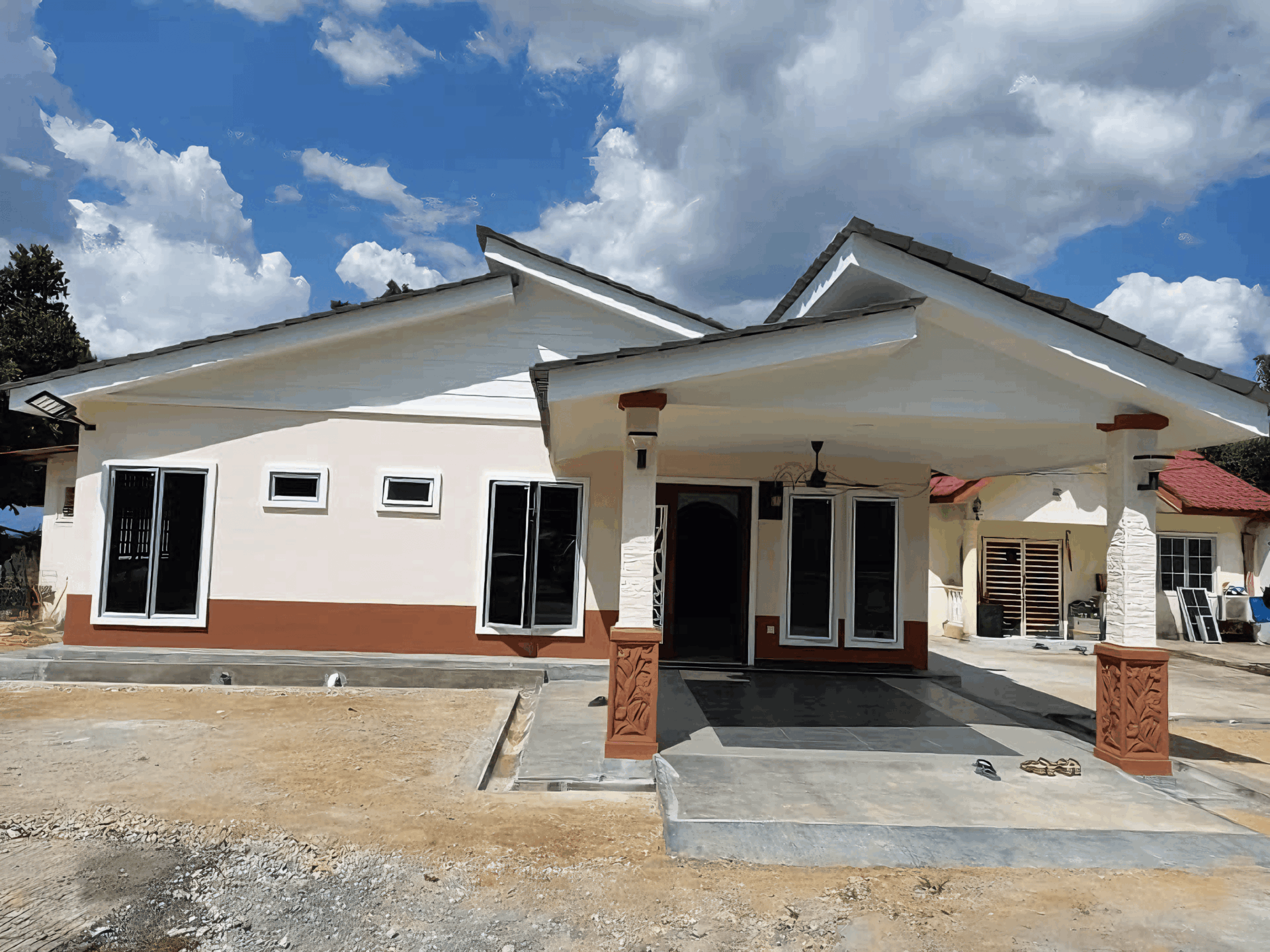
Cost-Effectiveness: Hemp as a Viable Alternative to Traditional Materials
Hemp is carving a niche in the construction industry not just for its eco-friendliness but also for its cost-effectiveness. When compared to traditional materials like timber, steel, and concrete, hemp offers several financial advantages that builders and contractors are increasingly taking note of. For one, hemp can be grown in just 3 to 4 months, leading to reduced costs associated with supply chain logistics and long-term sustainability. This rapid growth means that hemp can be sourced more readily and at a lower price point.
Using hemp for construction can significantly lower labor and material costs. Since hemp products, such as hempcrete, are lightweight and easier to handle, they require less labor-intensive processes. This translates to reduced manpower costs and decreased overall project timelines. Additionally, the durability of hemp materials means they often need less frequent repair, saving on future expenditure. Here are a few points that highlight its cost-saving benefits:
- Quick growth cycle: Fast cultivation reduces dependency on long-term material stocks.
- Less energy consumption: Processing hemp typically consumes less energy than traditional materials.
- Low maintenance: Hemp structures often require fewer repairs and upkeep costs.
Another aspect to consider is the potential for regional economic growth that hemp farming can offer. By investing in local hemp cultivation, Malaysia would not only create jobs but also reduce import costs associated with traditional building materials. The accompanying table summarizes the trend towards hemp versus conventional materials regarding cost implications:
| Material | Average Cost per Ton | Maintenance (Years) |
|---|---|---|
| Hempcrete | RM 1,200 | 10+ |
| Concrete | RM 400 | 5 |
| Timber | RM 800 | 7 |
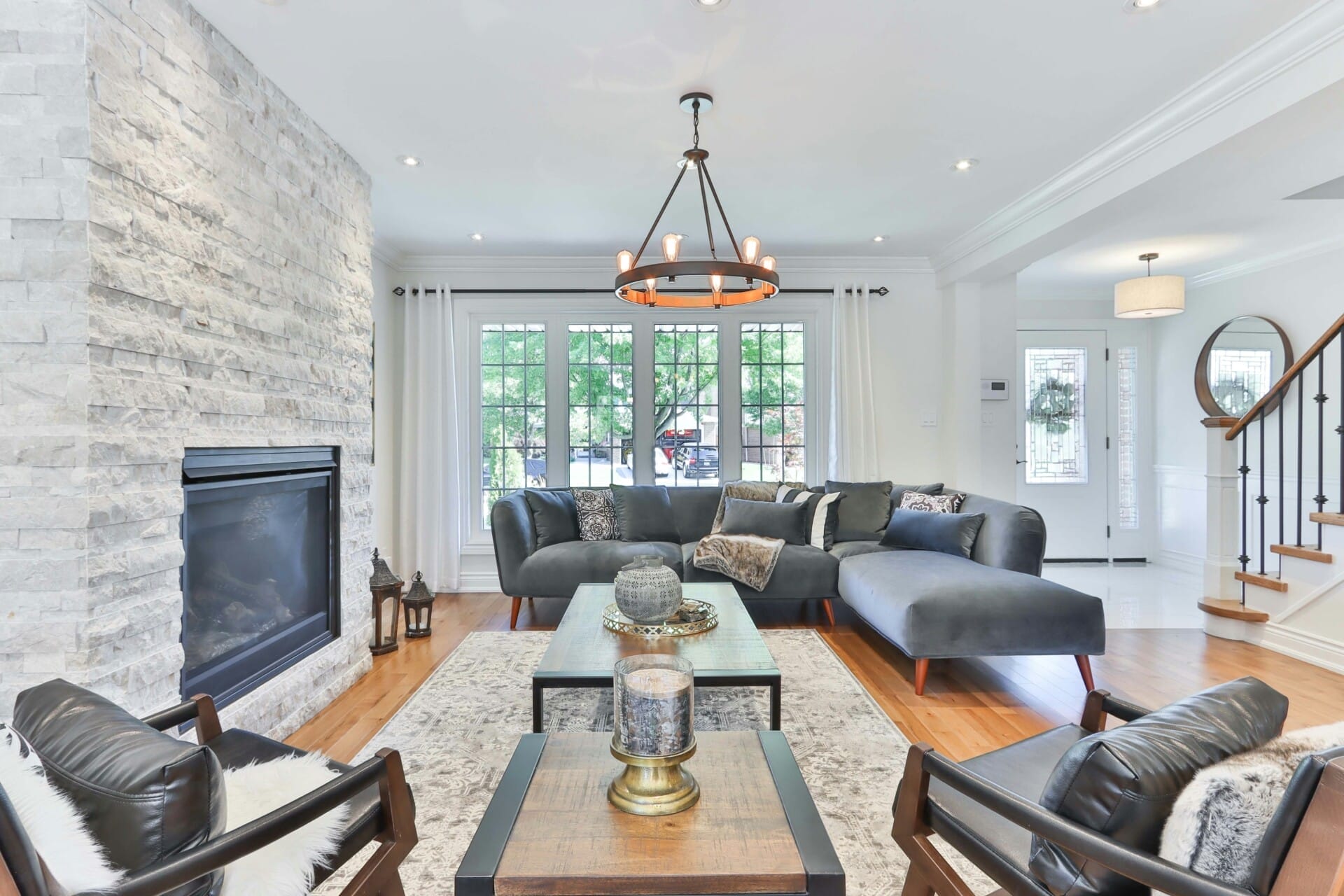
Regulatory Landscape: Navigating the Challenges of Hemp in Construction
The intersection of hemp and construction in Malaysia is a fascinating case study of innovation versus regulation. As the demand for sustainable building materials grows, hemp—a crop known for its versatility—faces a complex regulatory environment. With the Malaysian government still refining its stance on hemp cultivation and usage, construction stakeholders must keep a close eye on evolving policies. The key is to advocate for clear guidelines that enable safe and legitimate use of hemp in building materials, ensuring that everyone from farmers to builders can navigate the hemp landscape without complications.
In the Malaysian regulatory framework, certain challenges present themselves, particularly around licensing and compliance. Stakeholders looking to integrate hemp into their construction projects must grapple with a patchwork of laws and emerging standards. Here’s a quick look at some challenges faced:
- Licensing Delays: Obtaining permits can be a drawn-out process, which stifles innovation.
- Insufficient Knowledge: There’s a lack of awareness among regulatory bodies about the benefits and applications of hemp.
- Quality Standards: The absence of established quality benchmarks makes it hard to standardize hemp materials.
Moreover, collaboration between various stakeholders—farmers, manufacturers, and construction companies—can lead to a stronger advocacy for favorable regulations. Building relationships with regulatory authorities might accelerate the pace of legislative changes. An organized approach to lobbying for hemp-friendly policies can open doors, and it’s vital for businesses aiming to thrive in this burgeoning field. Did you know that regional collaborations could play a significant role in this? Charting out partnerships can streamline the sharing of insights and push for a regulatory framework that fosters hemp innovation.
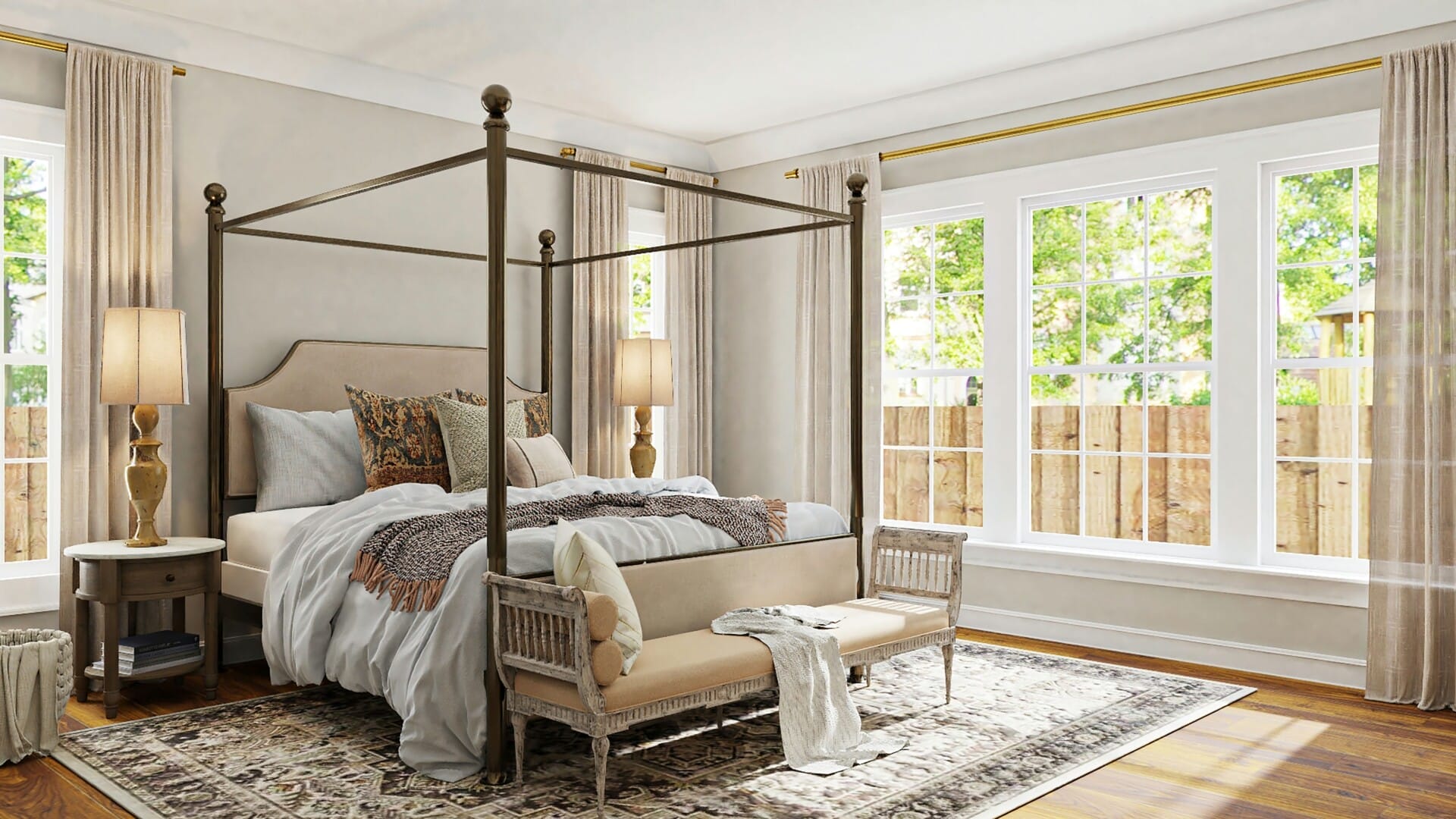
Case Studies: Successful Hemp Projects Transforming Malaysian Skylines
The transformation of Malaysian skylines has taken an exciting turn with innovative hemp construction projects that are catching everyone’s attention. One notable example is the Eco-Hemp Tower in Kuala Lumpur, which seamlessly blends modern architecture with sustainable design. This remarkable structure uses hempcrete, a sustainable alternative to traditional concrete, boasting superior insulation and carbon-negative properties. The design not only elevates the aesthetic of the city but significantly reduces the carbon footprint of the construction process, making it a beacon of eco-conscious development.
Another project making waves is Hemp Haven Housing, an initiative aimed at addressing urban housing shortages through sustainable living. The development utilizes hemp-based materials for building affordable homes that provide a comfortable and safe environment for low-income families. With the ability to regulate indoor temperatures naturally, these homes offer an energy-efficient solution, resulting in lower utility costs for residents. The community design emphasizes green spaces, connecting living environments with the beauty of nature while promoting a healthier lifestyle.
We can’t overlook the Hemp Culture Center in Penang, which serves as a hub for education and advocacy around hemp cultivation and its applications in construction. This center showcases the diverse uses of hemp through interactive exhibits and workshops, educating the public about its benefits. The structure is not only an architectural marvel but also acts as a symbol of Malaysia’s commitment to sustainable development. By fostering awareness and encouraging local artisans to embrace hemp, this initiative is paving the way for a more sustainable future, one project at a time.

Future Prospects: The Growing Demand for Hemp in the Local Market
The buzz around hemp is reaching new heights as local interest in its versatility continues to grow. With various industries exploring sustainable materials, it’s no surprise that hemp’s role in construction is gaining traction. More builders are recognizing the benefits that hempcrete and other hemp-based products offer, both environmentally and economically. Notably, hemp possesses natural properties that resist mildew and pests, making it an eco-friendly alternative that can potentially reduce long-term maintenance costs.
This rising interest has led to a surge in demand for hemp across various sectors. Businesses are beginning to pivot from traditional material sources to more sustainable options. As a result, here are a few reasons why hemp is becoming a preferred choice:
- Low environmental impact: Hemp requires minimal pesticides and absorbs carbon dioxide, making it a friendlier option for our planet.
- High durability: Products made with hemp are not only long-lasting but often outperform traditional materials in terms of strength.
- Local economic growth: Increasing demand means more jobs in farming, processing, and construction, fostering community growth.
Furthermore, as Malaysia positions itself as a hub for green building practices, incorporating hemp into construction projects aligns perfectly with national sustainability goals. Developers are exploring the integration of hemp in both residential and commercial construction, recognizing that hemp not only meets modern regulatory standards but also caters to eco-conscious consumers. The nexus between sustainable practices and modern housing solutions indicates a promising future for hemp in the local scene, ensuring that this trend is likely to ripple through various aspects of the construction industry.
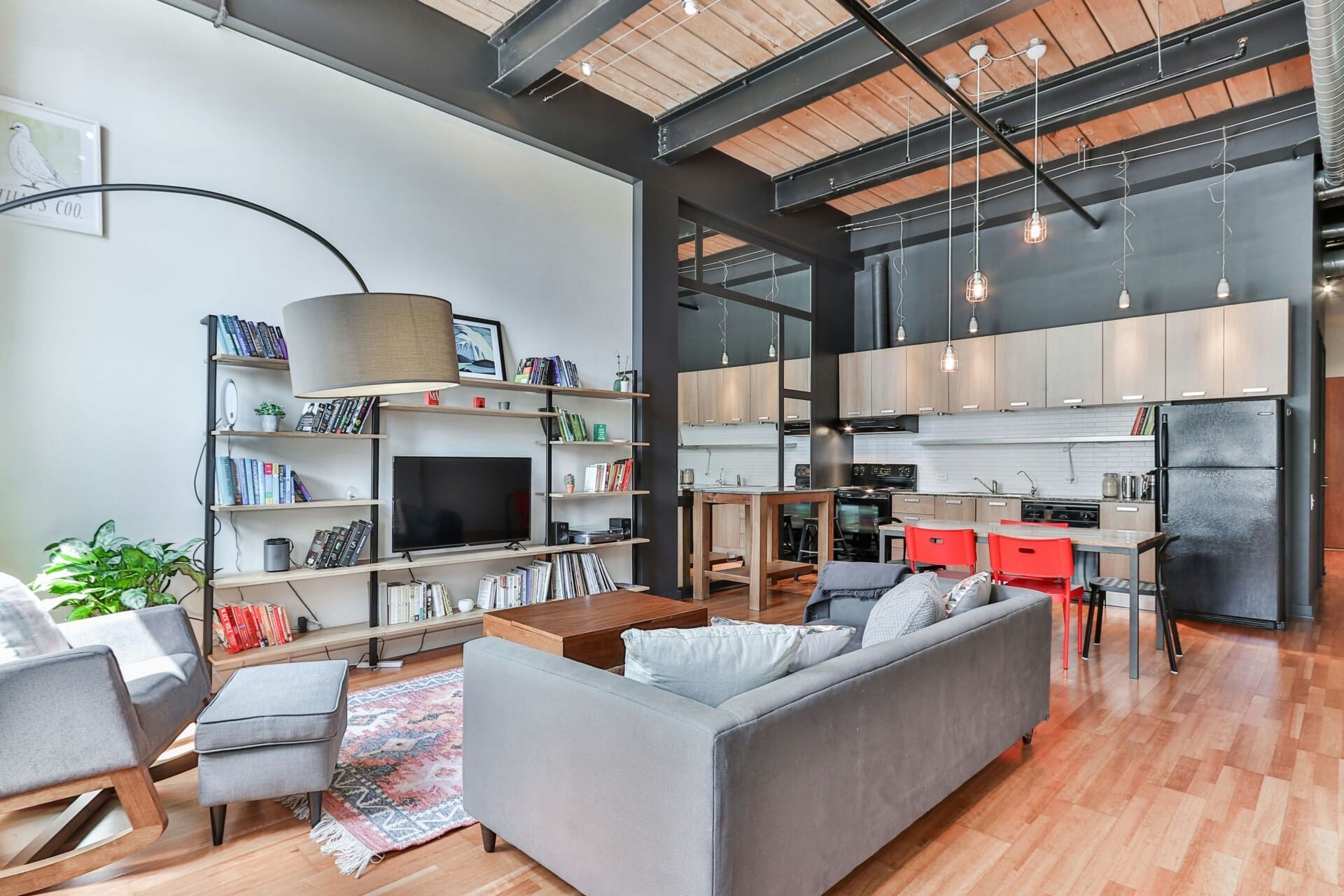
Practical Steps for Integrating Hemp into Your Construction Projects
Integrating hemp into your construction projects involves embracing its versatility and sustainability. Start by researching local suppliers that offer hemp-based materials, such as hempcrete, insulation, and composite boards. This helps you understand what products are available and how they can fit into your design. Additionally, consider collaborating with architects or contractors who specialize in eco-friendly building practices. Their expertise can guide you in selecting the right materials for your project and ensure optimal performance.
Next, it’s crucial to adapt your building methods to accommodate hemp. This includes adjusting traditional construction techniques to effectively utilize hempcrete or other hemp products. For instance, instead of standard concrete, explore using hempcrete as an alternative. Share your vision with your team and encourage training sessions on how to handle and work with these new materials. This collaborative approach not only enhances the knowledge within your workforce but also ensures that everyone is on the same page about the benefits and challenges associated with using hemp.
don’t forget to engage with regulatory bodies and stakeholders to facilitate a smooth transition. Since hemp is a relatively new player in the construction industry, understanding Malaysian regulations regarding its use is essential. Create a brief presentation to educate clients, investors, and local authorities about the advantages of hemp in construction—think energy efficiency, durability, and eco-friendliness. A well-informed audience can pave the way for greater acceptance and support for innovative hemp-based projects.
Future Outlook
As we wrap up our exploration of hemp’s growing presence in the Malaysian construction scene, it’s clear that this remarkable plant is more than just a trendy topic – it’s paving the way for a more sustainable and innovative approach to building. From reducing carbon footprints to offering durable and versatile materials, hemp is proving to be a game changer for our local industry.
While we may still be riding the wave of understanding and acceptance around hemp, the potential is limitless. Who knows? In the coming years, we might just see whole neighborhoods popping up that are not only eco-friendly but also showcase the ingenuity of Malaysian builders.
So, whether you’re a curious homeowner or a forward-thinking contractor, keep an eye on hemp. It just might be the key to a brighter, greener future for our communities. Let’s embrace this change together and see where it takes us!
